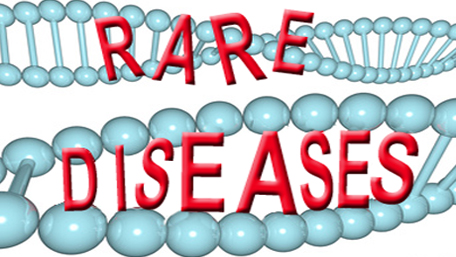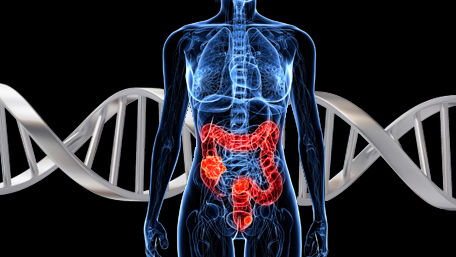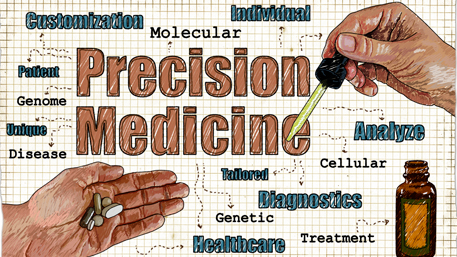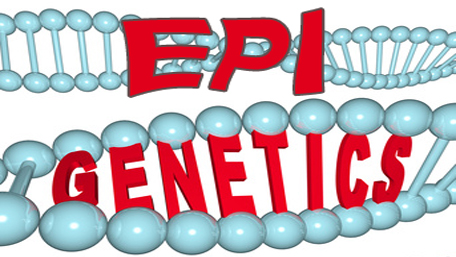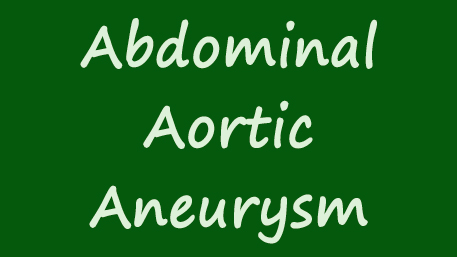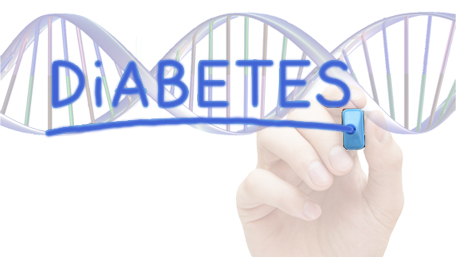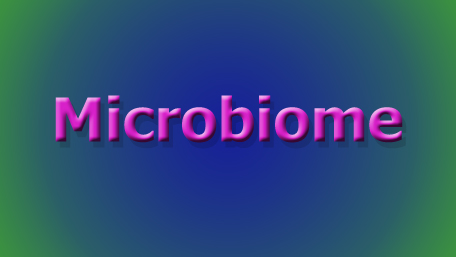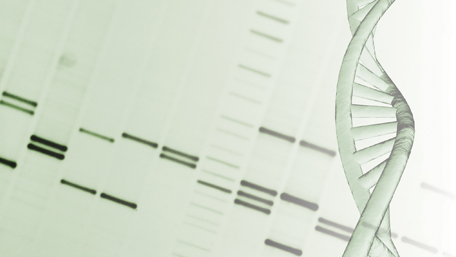
12/12/2019
Hot Topics of the Day are picked by experts to capture the latest information and publications on public health genomics and precision health for various diseases and health topics. Sources include published scientific literature, reviews, blogs and popular press articles.
Sign up MyPHGKB to receive the daily hot topic email alert.
Archived Hot Topics of the Day By Date
She began to talk — then mysteriously fell silent. Months later her parents learned why.
SG Boodman, Washington Post, December 2019
Effectiveness of the Genomics ADvISER decision aid for the selection of secondary findings from genomic sequencing: a randomized clinical trial.
Bombard Yvonne et al. Genetics in medicine : official journal of the American College of Medical Genetics 2019 Dec
Targeted deep-intronic sequencing in a cohort of unexplained cases of suspected Lynch syndrome.
Arnold Anke Marie et al. European journal of human genetics : EJHG 2019 Dec
Digital assessment of falls risk, frailty, and mobility impairment using wearable sensors
BR Greene, NPJ Digital Medicine, December 2019
Mass-producing wearable sensors: No sweat
LH Han, Sci Trans Med, December 11, 2019
Cancer's epigenetic drugs: where are they in the cancer medicines?
Ghasemi Sorayya et al. The pharmacogenomics journal 2019 Dec
Making Machine Learning Accessible and Actionable for Clinicians.
Schneider David F et al. JAMA network open 2019 Dec (12) e1917362
Screening for Abdominal Aortic Aneurysm-A Call to Arms?
Mell Matthew et al. JAMA network open 2019 Dec (12) e1917168
Homogeneity in the association of body mass index with type 2 diabetes across the UK Biobank: A Mendelian randomization study.
Wainberg Michael et al. PLoS medicine 2019 Dec (12) e1002982
Artificial Intelligence and Surgical Decision-Making.
Loftus Tyler J et al. JAMA surgery 2019 Dec
A gut reaction to exercise
A Curtis, Sci Trans Med, December 11, 2019
Tumor mutations are not alone in the plasma
K Naxoreva, Sci Trans Med, December 11, 2019
We’re Living In The DNA Future, But It’s Not The One We Were Promised
P Aldhous, Buzzfeed, December 11, 2019
Disclaimer: Articles listed in Hot Topics of the Day are selected by Public Health Genomics Branch to provide current awareness of the scientific literature and news. Inclusion in the update does not necessarily represent the views of the Centers for Disease Control and Prevention nor does it imply endorsement of the article's methods or findings. CDC and DHHS assume no responsibility for the factual accuracy of the items presented. The selection, omission, or content of items does not imply any endorsement or other position taken by CDC or DHHS. Opinion, findings and conclusions expressed by the original authors of items included in the Clips, or persons quoted therein, are strictly their own and are in no way meant to represent the opinion or views of CDC or DHHS. References to publications, news sources, and non-CDC Websites are provided solely for informational purposes and do not imply endorsement by CDC or DHHS.
- Page last reviewed:Feb 1, 2024
- Page last updated:Apr 25, 2024
- Content source:


